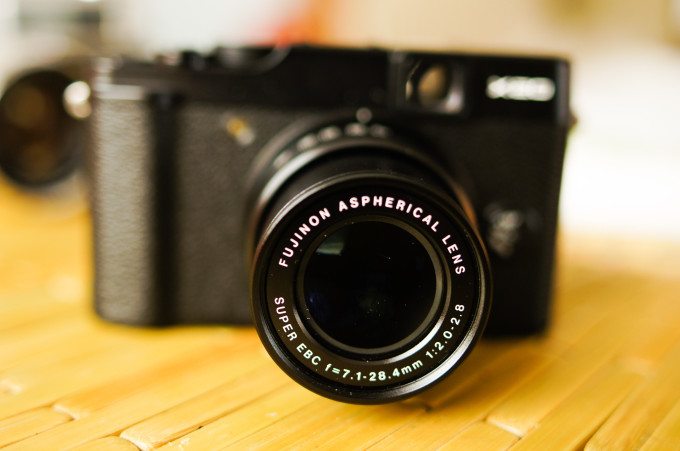Last Updated on 07/31/2013 by Julius Motal
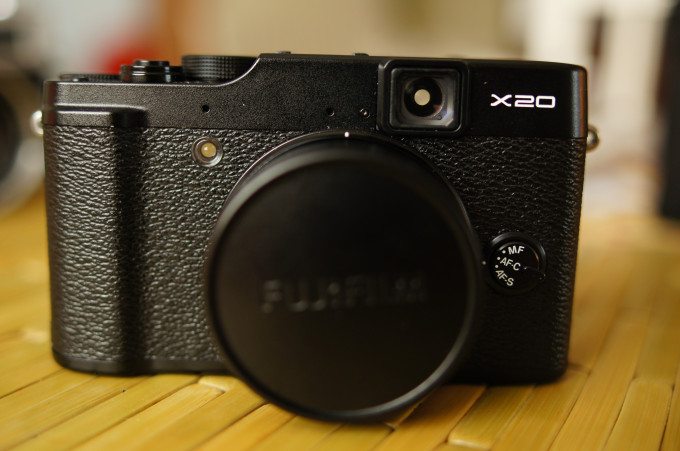
Street photographers rejoice! The Fujifilm X20 is here. With a sleek black exterior, the X20 makes for an excellent companion for anyone who wants to find their shots on the streets. The camera sports a 12MP 2/3″ X-Trans CMOS II sensor and a Fujinon 7.1-28.4mm f/2-2.8 lens, as well as several film modes should you want to give some photos a vintage touch. Admittedly, I am not a compact guy. I like a big rig, but the X20’s retro aesthetic combined with new age tech specs charmed me. I enjoyed my time with the X20, and I’m sad to see it go. Herein lies my review.
Pros and Cons
Pros
-Fast autofocus
-Stellar image quality
-Sleek design
Cons
-Took me several minutes to realize the on/off switch is the lens
-If you want to check images or go through the menus, you have to have the lens out (Editor’s note: this can actually be resolved by pressing & holding the playback button and the camera will turn on in playback mode)
-Manual focusing is a bit of a drag
Gear Used
I used the Fujifilm X20 with the HoldFast Gear Mini Ruck.
Tech Specs
Courtesy of Adorama’s listing:
| Flash modes | Red-eye Removal OFF Auto, Forced Flash, Suppressed Flash, Slow Synchro. Red-eye Removal ON Red-eye Reduction Auto, Red-eye Reduction & Forced Flash, Suppressed Flash, Red-eye Reduction & Slow Synchro. |
| Number of effective pixels | 12.0 million pixels |
| Image sensor | 2/3-inch EXR CMOS with primary color filter |
| Storage media | SD / SDHC / SDXC(UHS-I) memory card |
| File format | still image JPEG (Exif Ver 2.3), RAW (RAF format), RAW + JPEG (Design rule for Camera File system compliant / DPOF-compatible) movie H.264 (MOV) with Stereo sound |
| Lens | Fujinon 4 x optical zoom lens |
| Focal Length | f=7.1 – 28.4 mm, equivalent to 28 – 112 mm on a 35 mm camera |
| Aperture Range | F2.0-F11(Wide) F2.8-F11(Telephoto) 1/3EV step (controlled 7-blade aperture diaphragm) |
| Constitution | 9 groups 11 lenses (3 aspherical glass molded lenses included) |
| Digital zoom | Intelligent digital zoom approx. 2x (up to 8 x when combined with optical zoom) |
| Focus distance: Normal | Wide : Approx. 50 cm / 1.6 ft. to infinity Telephoto : Approx. 80 cm / 2.6 ft. to infinity |
| Focus distance: Macro | Wide : Approx. 10 cm – 3.0 m / 0.3 ft. – 9.8 ft. Telephoto : Approx. 50 cm – 3.0 m / 1.6 ft. – 9.8 ft. |
| Focus Distance: SUper Macro | Approx. 1.0 cm – 1.0 m / 0.4 in. – 3.3 ft |
| Sensitivity | Auto / Equivalent to ISO 100 / 200 / 250 / 320 / 400 / 500 / 640 / 800 / 1000 / 1250 / 1600 / 2000 / 2500 / 3200 / 4000 / 5000 / 6400 / 12800 (Standard Output Sensitivity) * ISO4000 / 5000 / 6400 : M mode or lower, ISO12800 : S mode |
| Exposure control | TTL 256-zones metering, Multi / Spot / Average |
| Exposure Mode | Programmed AE, Aperture Priority AE, Shutter Priority AE, Manual |
| Shooting modes | SP Portrait, Portrait Enhancer, Landscape, Sport, Night, Night (Tripod), Fireworks,Sunset, Snow, Beach, Party, Flower, Text, Underwater MODE DIAL AUTO, ADVANCED SR AUTO, P, S, A, M, C1, C2, Movie, SP, Adv. |
| Image stabilizer | Lens shift type |
| Face detection | Yes |
| Exposure Compensation | 2.0EV – +2.0EV 1/3EV step |
| Shutter Speed | Auto mode) 1/4 sec. to 1/4000* sec., (All other modes) 30 sec. to 1/4000* sec. * 1/4000 sec. at small aperture, 1/1000 sec. at full aperture |
| Continuous shooting – Top | Super High : approx. 12 fps (max. 11 frames*) High : approx. 9.0 fps (max. 14 frames*) Middle : approx. 6.0 fps (max. 20 frames*) Low : approx. 3.0 fps (max. 39 frames*) * Max. number of frames can be shot in JPEG setting |
| Best Frame Capture | Super High : approx. 12 fps (max. 8 frames*) High : approx. 9.0 fps (max. 8 frames*) Middle : approx. 6.0 fps (max. 8 frames*) Low : approx. 3.0 fps (max. 8 frames*) * Max. number of frames can be shot in JPEG setting |
| Auto bracketing | AE Bracketing : ±1/3EV, ±2/3EV, ±1EV Film Simulation Bracketing : Any 3 type of Film Simulation selectable Dynamic Range Bracketing : 100%, 200%, 400% ISO Sensitivity Bracketing : ±1/3EV, ±2/3EV, ±1EV |
| Focus – Mode | Single AF / Continuous AF / Manual AF |
| Focus – Type | Intelligent Hybrid AF (TTL contrast AF / TTL phase detection AF), AF assist illuminator available |
| Focus – AF frame selection | Multi, Area, Tracking |
| White balance | Automatic scene recognition Preset: Fine, Shade, Fluorescent light (Daylight), Fluorescent light (Warm White), Fluorescent light (Cool White), Incandescent light, Underwater, Custom, Color temperature selection |
| Self-timer | 10 sec. / 2 sec. delay x 460,000 dots |
| Flash | Auto flash (super intelligent flash) Effective range : (ISO AUTO Wide : Approx. 30cm – 7.0m / 11.7in. – 22.9ft. Telephoto : Approx. 50cm – 5.0m / 1.6ft. – 16.4ft. |
| Hot shoe | Yes |
| Viewfinder | Advanced Optical Viewfinder (equipped with Digital Trans Panel) Approx. 85% coverage Built-in eye sensor |
| LCD monitor | 2.8-inch, approx. 460,000dots, TFT color LCD monitor (Approx. 100% coverage) |
| Movie Recording | 1920 x 1080 pixels / 1280 x 720 pixels / 640 x 480 pixels (30 frames / sec.) with stereo sound Optical zoom (manual) can be used. |
| Photography Functions | ADVANCED SR AUTO, Face Detection, Auto Red-eye Removal, Film Simulation, Framing guideline, Frame No. memory, Histogram display, Best frame capture, Adv. mode (Motion panorama360, Pro focus, Pro low light, Multiple Exposure), High Speed Movie (80/150/250 fps), Electronic level, Advanced Anti Blur, Focus Peak Highlight |
| Playback Functions | Face Detection, Auto red-eye removal, Multi-frame playback (with micro thumbnail), Protect, Crop, Resize, Slide show, Image rotate, Histogram display, Exposure warning, Photobook assist, Image search, Favorites, Mark for upload, Panorama, Erase Selected Frames, RAW Conversion. |
| Other Functions | PictBridge, Exif Print, 35 Languages, Time difference, Silent mode |
| Digital interface | USB 2.0 High-Speed/ Microphone input (only with MIC-ST1 w/adapter sold separately) |
| HDMI output | HDMI mini connector |
| Power supply | NP-50 Li-ion battery (included) CP-50 with AC power adapter AC-5VX (sold separately) |
| Dimensions (W x H x D) | 117.0(W) x 69.6(H) x 56.8(D) mm / 4.6(W) x 2.7(H) x 2.2(D) in. |
| Weight | Approx. 353 g / 12.4 oz. (including battery and memory card) Approx. 333 g / 11.7 oz. (excluding battery and memory card) |
| Operating Temperature | 0°C – 40°C |
| Operating Humidity | 10% – 80% (no condensation) |
| Optional Accessories | Li-ion battery NP-50 – Battery charger BC-45W – Lens hood LH-X10 – Protector Filter PRF-52 – Lens Hood and Protector Filter LHF-X20 – Leather case LC-X20 – Shoe Mount Flash EF-42/EF-20/EF-X20 – DC coupler CP-50 – AC power adapter AC-5VX – Stereo microphone MIC-ST1 |
Ergonomics

For the first stop, I’ll bring it back to the lead image of this review. The X20 is characterized by a vintage look, metal body, and faux-leather texture, as well as a minor bump on the front for a grip. Along the top, there’s the AF Assist Lamp, and above that sit two small holes which are the microphone. To the right is the optical viewfinder, and below that is the Focus Mode Selector.
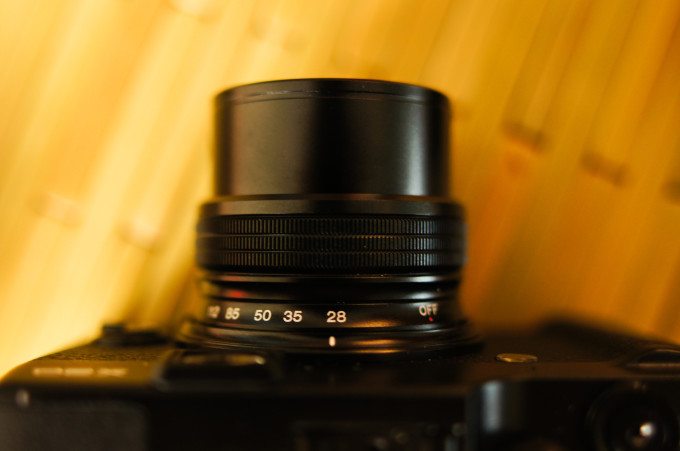
This is where part of the magic happens. I will admit that it took me a bit of a while before I realized that the lens, or rather the zoom ring, is the on/off switch, which means that if you want to check settings or view pictures, you’ll have to have the lens at least partially extended. Having never used this camera or its predecessor before, it was a tad different. The numbers denote the focal length. There isn’t a depth of field scale, nor is there a focusing ring around the lens. Manual focusing is controlled via one of the dials on the backside. We’ll get there in a few moments.
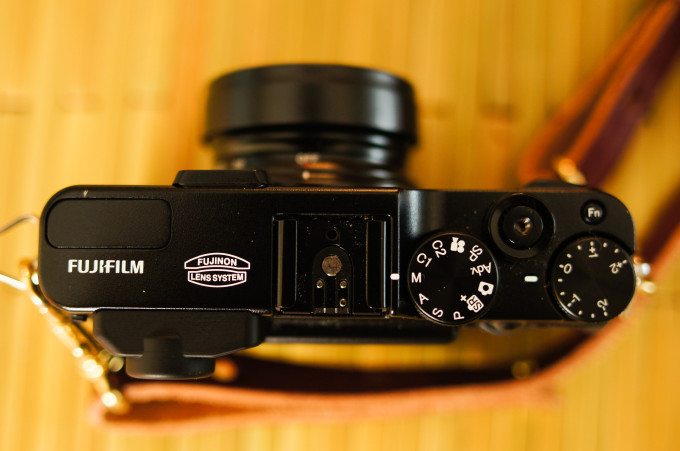
Along the top side here we’ve got the pop-up flash, hot shoe, mode dial, shutter release, Fn button, and exposure dial. I had ISO assigned to the Fn button.
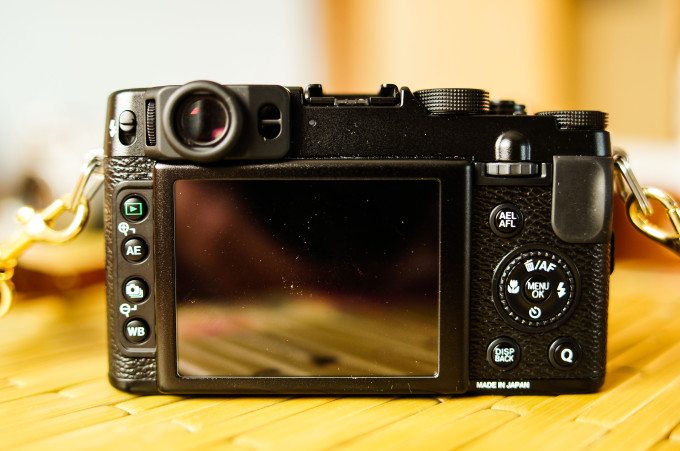
Here’s where the other part of the magic happens. Flanking the LCD on the left side are the Playback, AE, burst-mode, and WB buttons. To the northwest, there’s the pop-up flash switch, diopter, and OVF. And to the right, you’ve got the horizontal main control dial, AEL button, directional buttons surrounded by the subcommand dial, the Q menu button, and the display/back button. The main control dial works the aperture, while the subcommand dial handles the shutter speed.
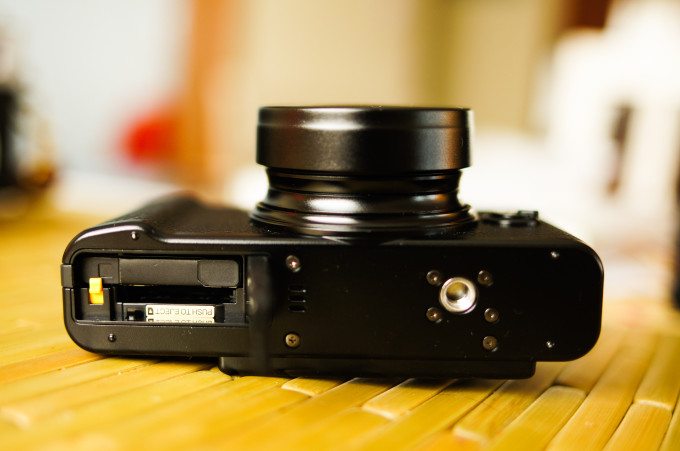
All’s regular on the bottom here with the battery/SD compartment and the tripod thread.
Build Quality
The X20 is very compact and very sturdy. It’s got all the trappings of a vintage rangefinder with the modern sensibilities of contemporary cameras. Dense yet light, it doesn’t cause any neck pain when affixed to the neck strap of your choice. I imagine it could survive some bumps, but I wouldn’t dare try it. It’s also unobtrusive to the point where you can get surreptitious shots of life on the street, and not look like that guy with the massive rig, unless that’s your thing.
Autofocus
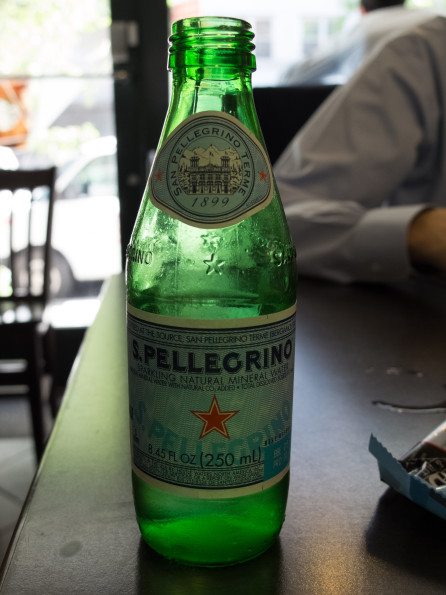
The X20 sports two AF modes, Continuous and Single Shot, with the former for moving subjects and the latter for static ones. I typically used Continuous as I walked around the streets of NYC with it, and I found that the AF worked nicely. MF is controlled via the subcommand dial, and you have to use the LCD to guage whether or not your subject’s in focus. I found this to be too tedious, but the X20 isn’t a camera you’d buy for the MF anyway.
Ease of Use
Barring the initial confusion about the on/off switch, I found the learning curve to be fairly easy. I took a few minutes to familiarize myself with the camera’s controls, and I quickly learned that the the two command dials each controlled the aperture and shutter speed. The menus were easy to navigate, too. This is an intuitively-designed camera, one that will perform well for the savvy street photographer.
Metering
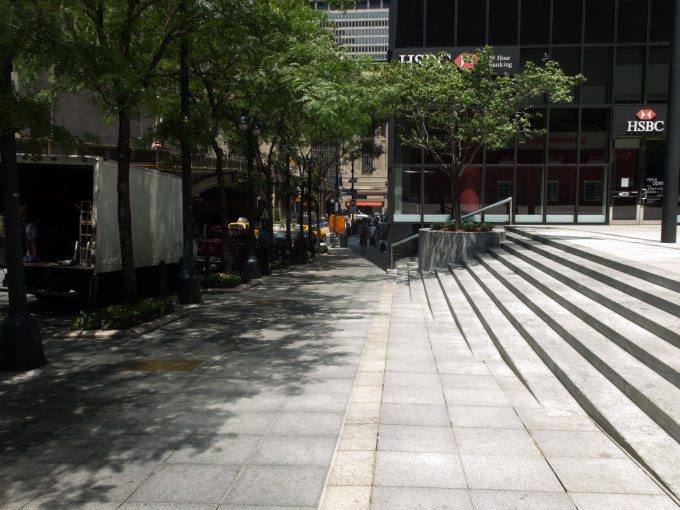
I found that the camera tended to overexpose a bit. This was taken at: ISO 100, f8, and 1/125 sec. I brought down the exposure in Lightroom to help bring it back to what it actually was.
Image Quality
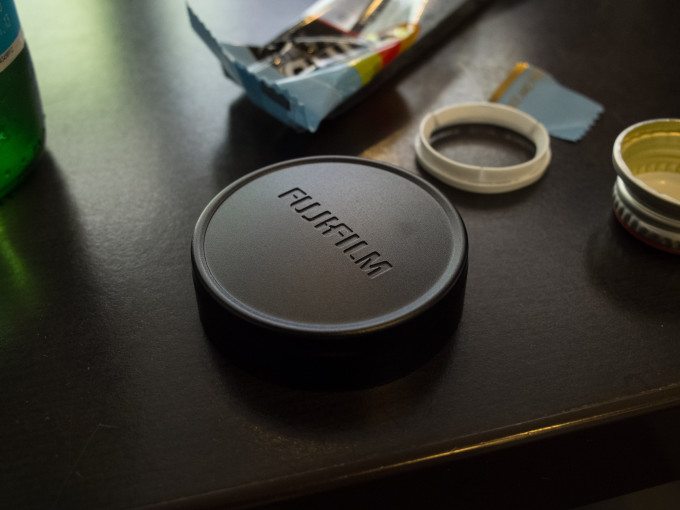
The Fujifilm X20 can take some great images, and its fast lens combined with the X-Trans sensor can work wonders. I found that I got the shot most of the time with it, and despite my initial grievances with compact cameras, the X20 did manage to break some of those down. It’s charming camera with great capabilities.
Minor tweaks were done in Lightroom.
High ISO Images
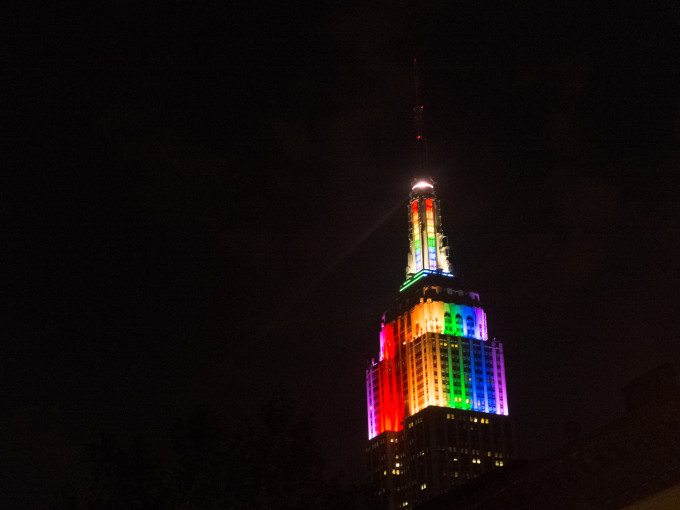
This was taken at ISO 1000, and while the results aren’t necessarily desirable, it is passable. I imagine a photojournalist out on an assignment in New York City would make great use of this camera to get the desired image, and would find that there’s something to be had even at the higher ISOs. Art comes second in photojournalism, so a bit of noise won’t hurt.
RAW File Versatility
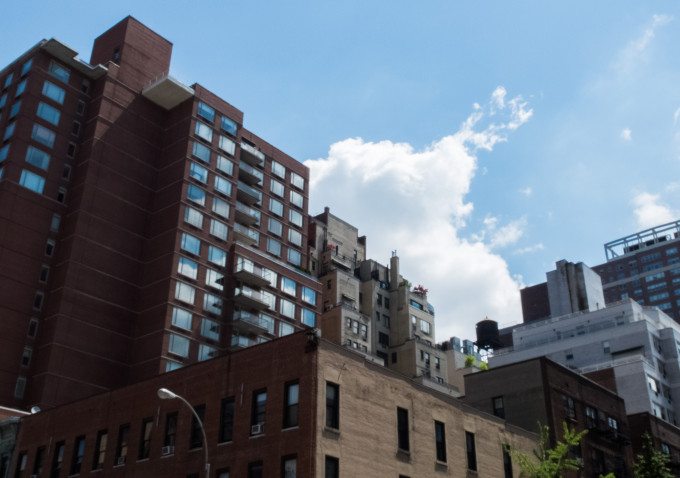
The X20’s RAW files provide a great deal of information, and given its tendency to overexpose, much can be recovered from the highlights. The files play nicely in Lightroom, and will give the results you desire.
Extra Image Samples
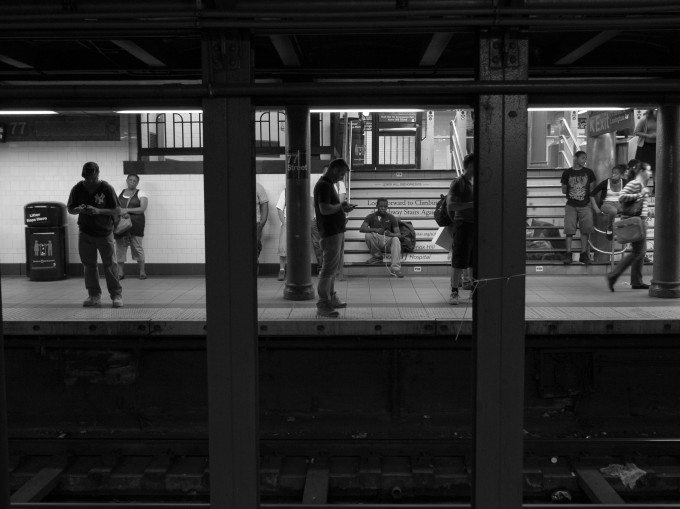
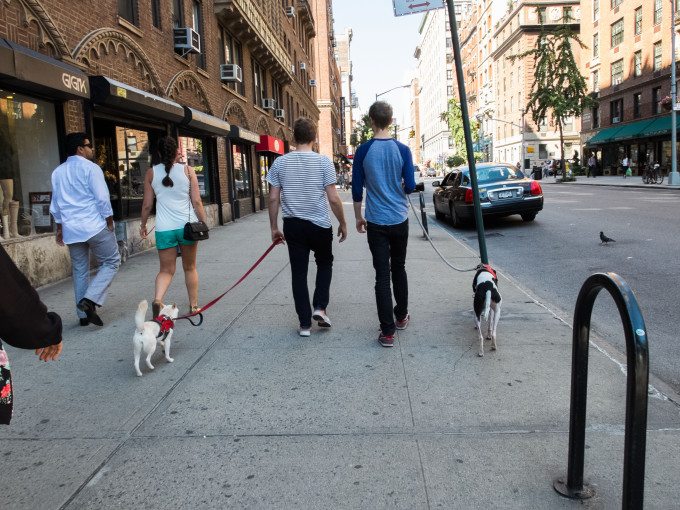
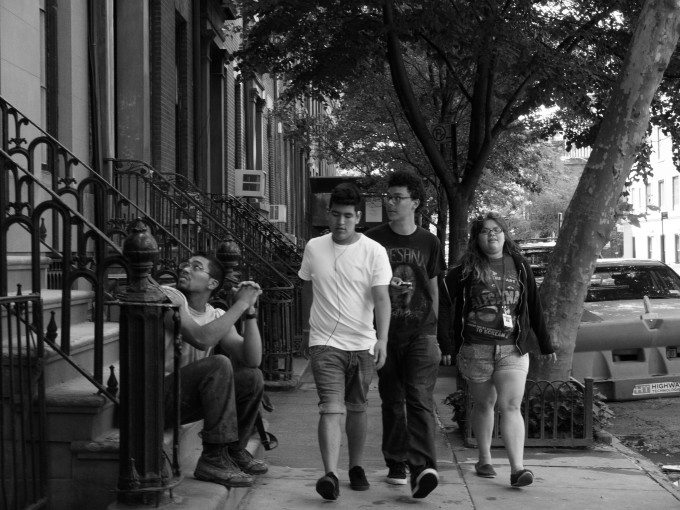
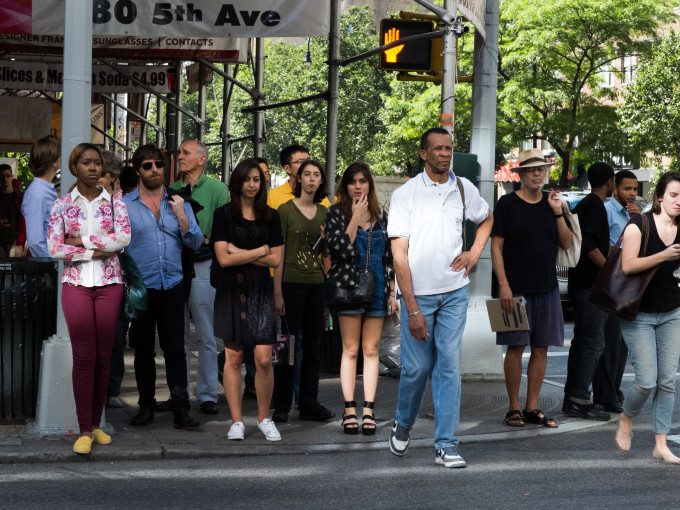
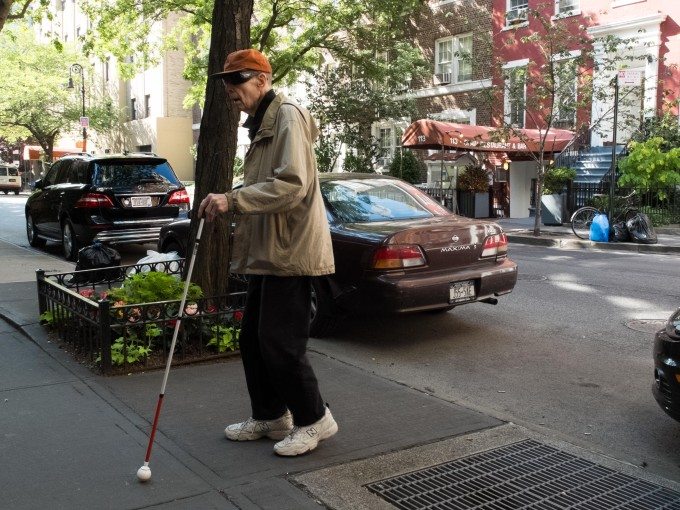
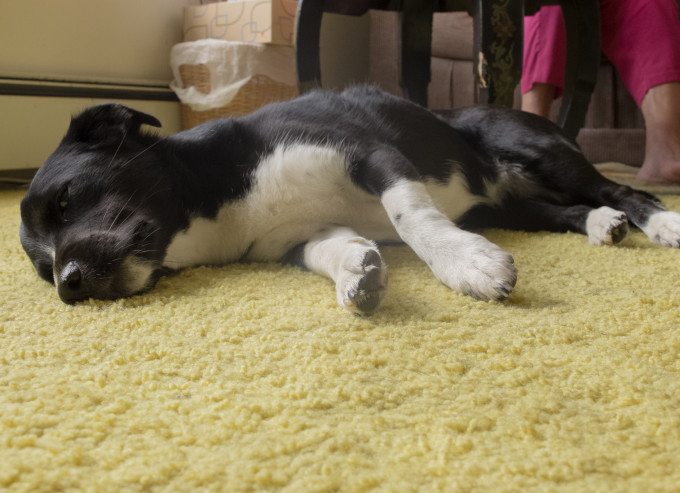
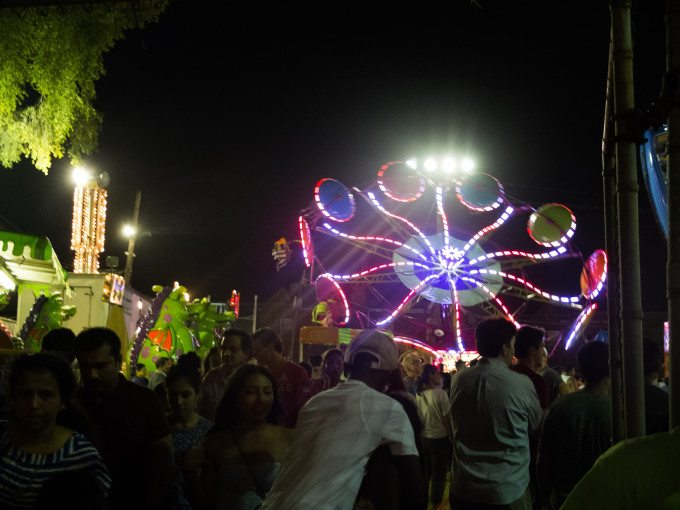



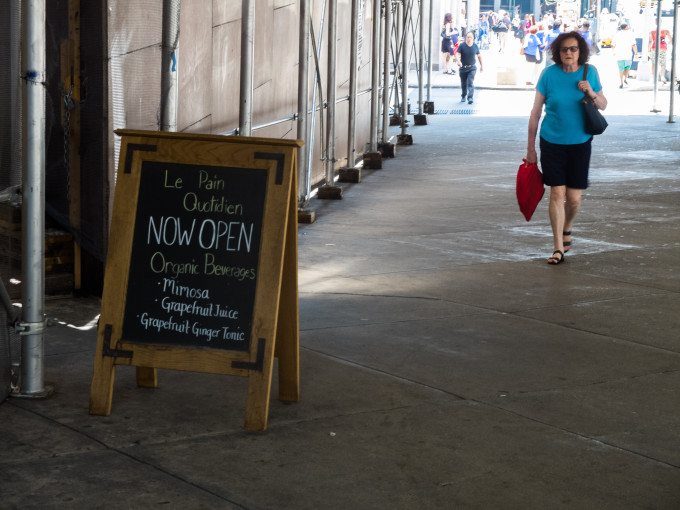

Conclusion
The Fujifilm X20 is a great choice for the discerning street photographer and photojournalist. Despite its diminutive size, it packs a punch that shows itself in post. With a beautiful design and powerful innards, the X20 will get you the images you need. Just remember to get your mind out of manual focusing with this, but if you find that you absolutely have to, a tripod would be a good thing to have on hand.
It’s a rangefinder without the rangefinder, and you’ll be quite the stylish and capable photographer with it slung around your neck.
Please Support The Phoblographer
We love to bring you guys the latest and greatest news and gear related stuff. However, we can’t keep doing that unless we have your continued support. If you would like to purchase any of the items mentioned, please do so by clicking our links first and then purchasing the items as we then get a small portion of the sale to help run the website.


